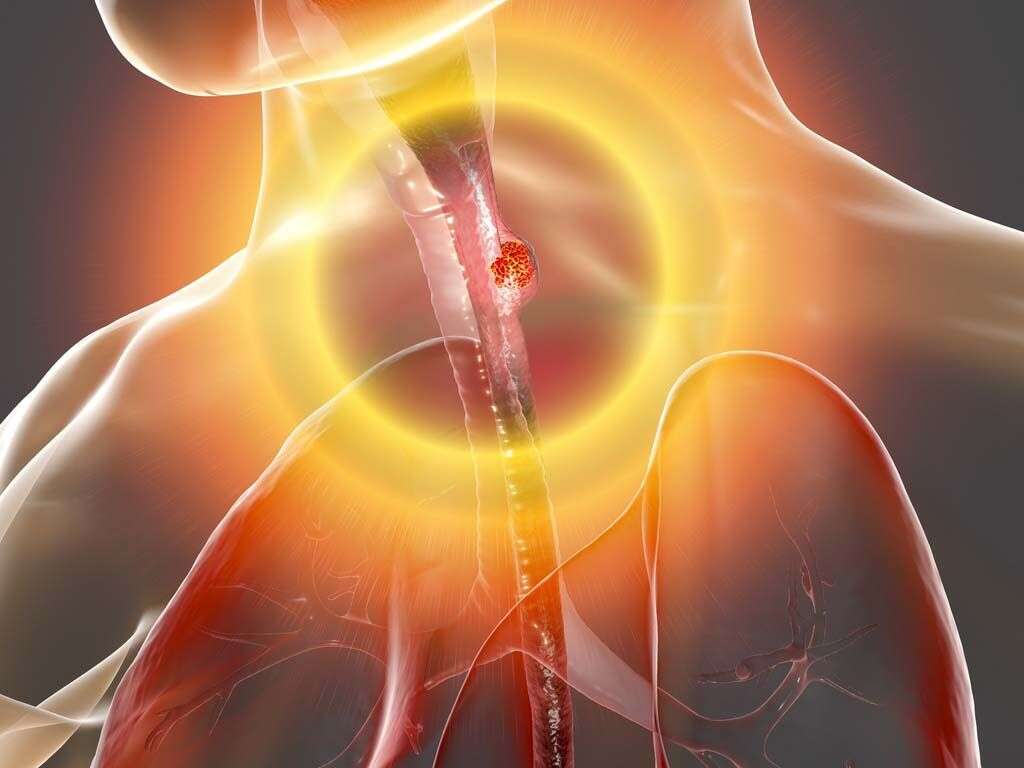What Is Barrett's Esophagus?
3. Etiology
As mentioned, this condition is a well-known complication of gastroesophageal reflux disease. However, patients with GERD who develop this condition usually have a combination of several factors such as a reduced lower esophageal sphincter pressure, hiatal hernia (a condition where part of the stomach pushes up through the diaphragm muscle into your chest), reflux from the duodenum to the stomach, and delayed esophageal acid clearance time.
Abdominal obesity is also a risk factor for Barrett’s esophagus. In normal cases, the esophagus has several defense mechanisms against the reflux contents such as epithelial defense factors and an antireflux barrier (high pressure zone at the junction of the esophagus and the stomach). Other defense mechanisms include gravity, peristalsis (wave-like contractions that move content through the gastrointestinal tract), and bicarbonate secretion from the esophageal and salivary glands.
Advertisement












